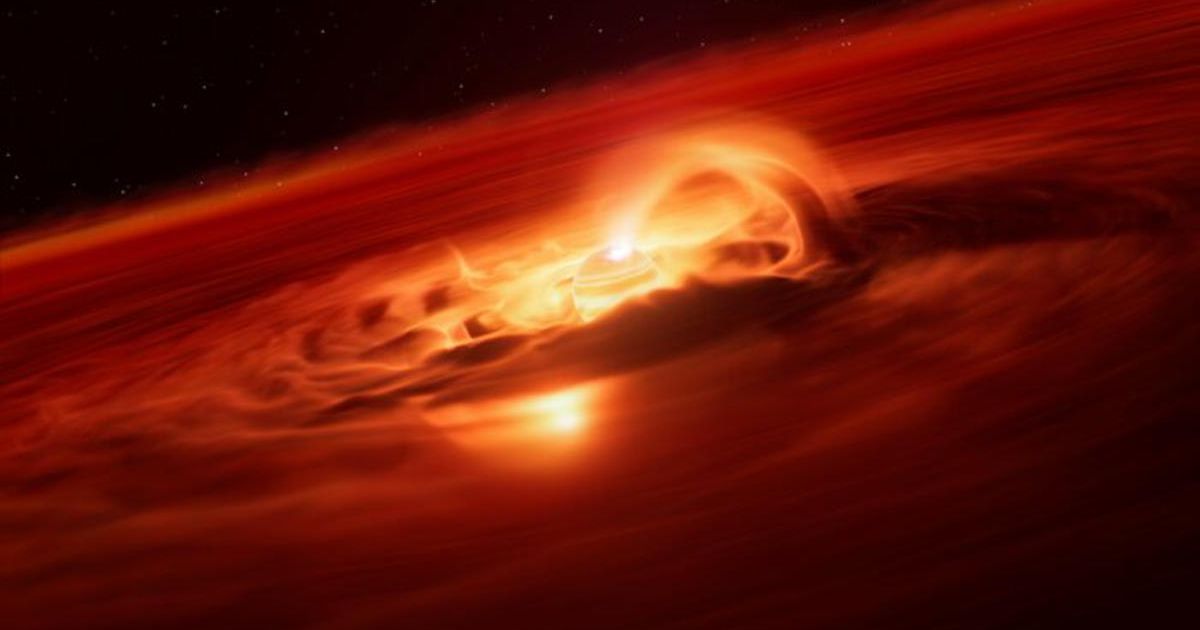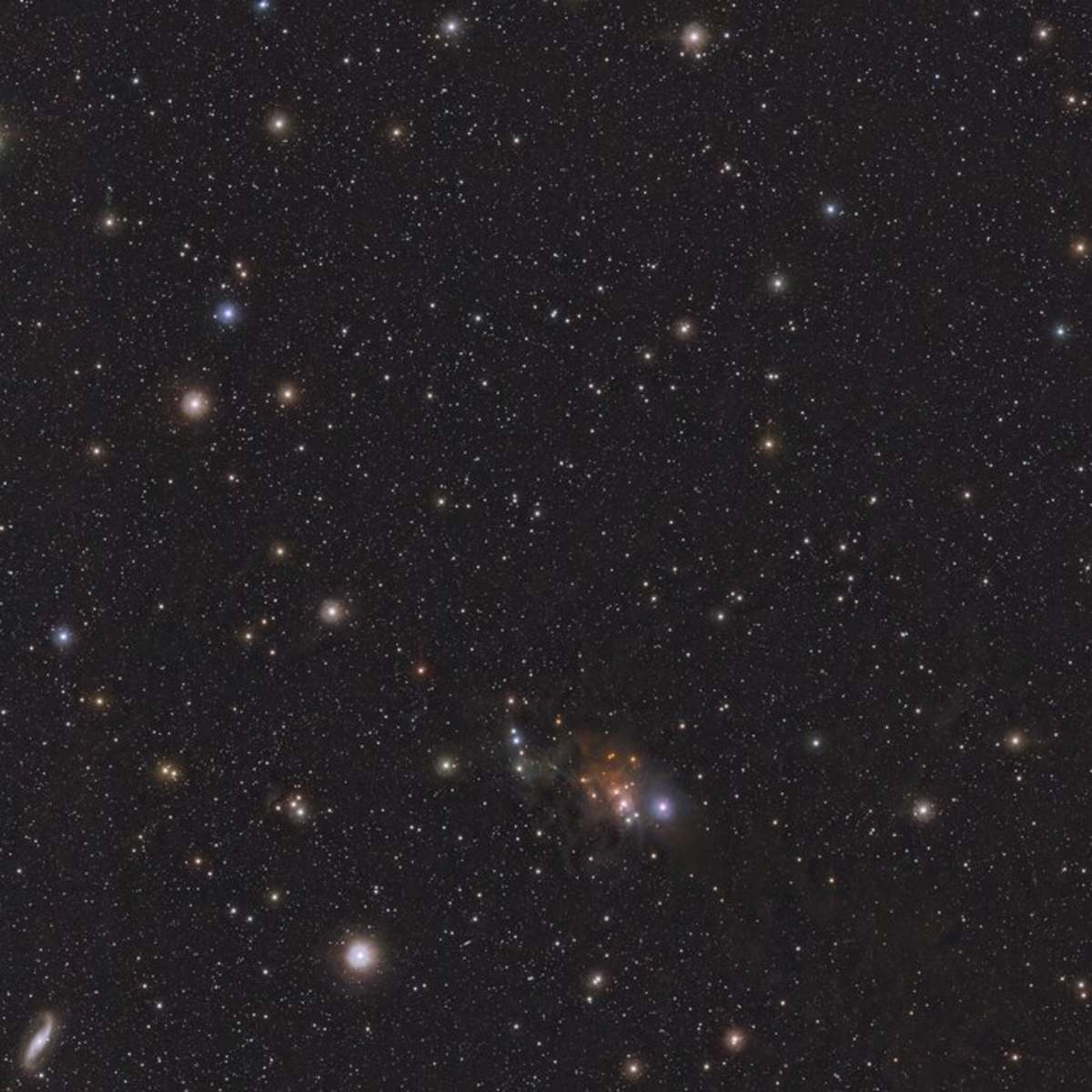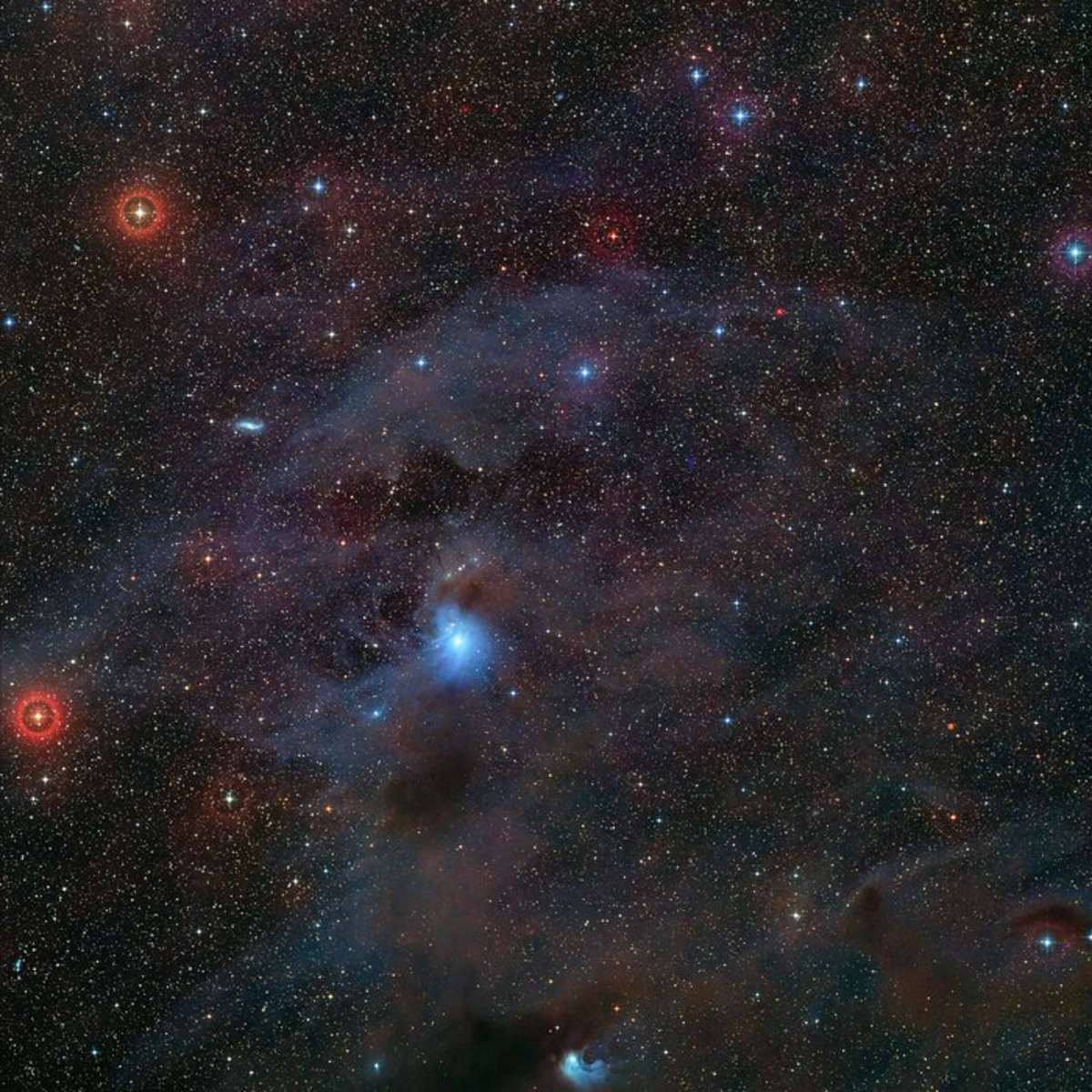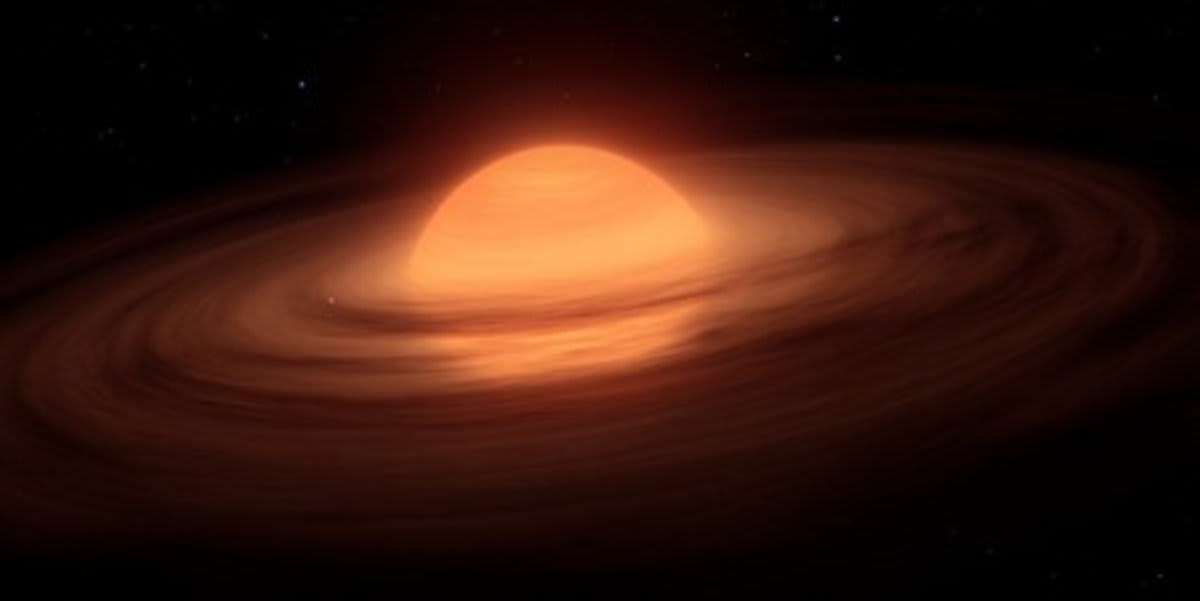Rogue planet 10 times Jupiter's mass found devouring six billion tons of gas and dust every second

Astronomers have captured a "rogue" planet, untethered by any stellar orbit, undergoing the most extreme accretion event ever recorded for a world of its size. According to ESO, the free-floating object, estimated to be up to ten times Jupiter's mass, is violently drawing in gas and dust at a staggering rate of six billion tonnes every second, an intake eight times faster than it was just months prior.
The stunning observation, detailed in The Astrophysical Journal Letters, was made using the European Southern Observatory's Very Large Telescope (VLT) in Chile, with supplementary data from the James Webb Space Telescope. The object, officially designated Cha 1107-7626, is located approximately 620 light-years away in the constellation Chamaeleon. “People may think of planets as quiet and stable worlds, but with this discovery, we see that planetary-mass objects freely floating in space can be exciting places,” said lead author Víctor Almendros-Abad, an astronomer at the National Institute for Astrophysics (INAF) in Italy.

The intense feeding frenzy offers crucial evidence in solving a long-standing cosmic mystery: the true origin of rogue planets. These solitary worlds are either massive planets violently ejected from their young star systems or the lowest-mass objects that formed independently, much like stars. The current findings strongly suggest the latter. Bursts of accretion, like the one observed, are a characteristic feature of young stars, not traditionally planets.

“This discovery blurs the line between stars and planets,” noted co-author Belinda Damian of the University of St Andrews. Intriguingly, the data indicate that magnetic activity is playing a significant role in driving the colossal infall of material, a mechanism previously only observed in forming stars. Furthermore, the chemistry of the surrounding disc dramatically changed during the burst, with water vapor detected, another phenomenon previously exclusive to young stars.

The identification of such powerful magnetic fields on a low-mass object, according to Almendros-Abad's team, provides a "sneak peek into the earliest formation periods of rogue planets." The discovery highlights the challenges in tracking these faint, isolated worlds, but astronomers anticipate that the upcoming Extremely Large Telescope (ELT) will revolutionize the study of these "lonely planets" and further illuminate how star-like they truly are.

In a separate but related breakthrough on the nature of these isolated worlds, the James Webb Space Telescope (JWST) has provided the most precise atmospheric analysis to date of another searing-hot, free-floating world, SIMP-0136. Astronomers from Trinity College Dublin leveraged JWST's sensitivity to map changes in the planet's temperature and chemical composition as it rotated. The key discovery was the presence of intense auroras, similar to the Northern Lights on Earth and Jupiter, that are dramatically heating the planet's upper atmosphere. By tracking minuscule variations in brightness, researchers were able to create a groundbreaking "weather report" for SIMP-0136, further establishing the powerful influence of magnetic activity on rogue planet environments.
More on Starlust
Webb Telescope makes 'invaluable discovery' solving mysteries of Moon formation from distant worlds









